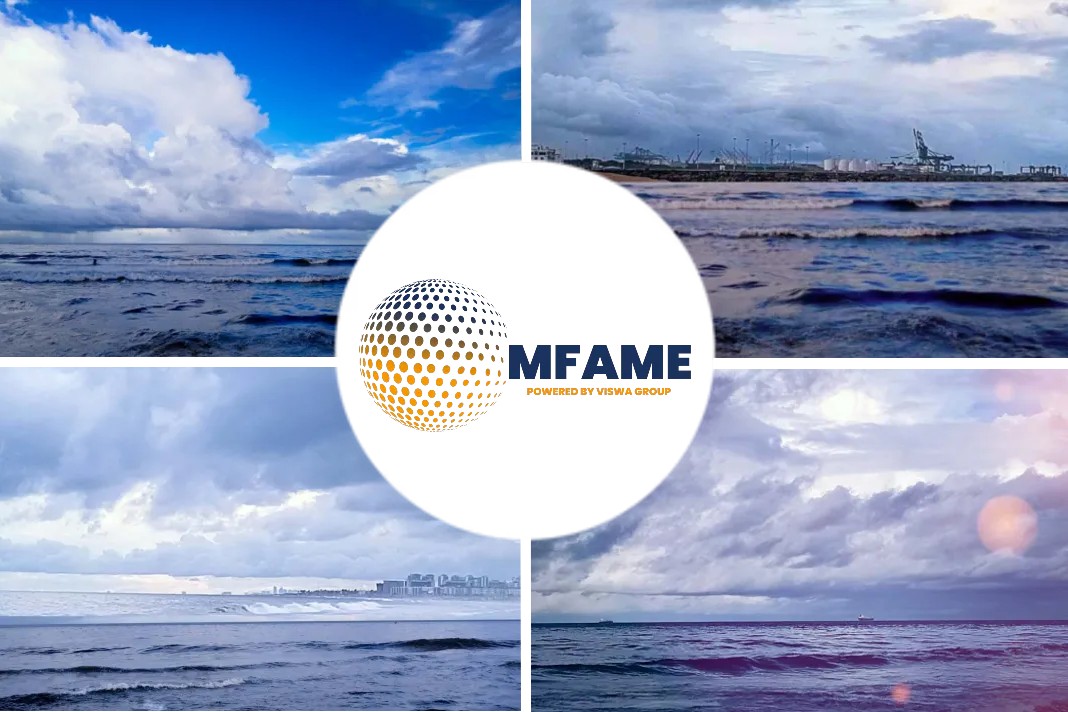- One of the biggest concerns brought about by 2020 sulphur rules is unexpected – the availability of traditional fuels at traditional prices.
- There are also concerns about mixing non compatible fuels and decreased lubricity.
- This will lead to the formation of sediment in the tanks which can block filters and purifiers.
- As a result, shipowners may face serious engine repairs, requiring vessels to be taken out of service.
Neil Graham, technical director of Royston, writes for Tanker Operator, about the unexpected concerns underlying the unprecedented 2020 sulphur rules.
Availability of high sulphur heavy fuel oil
As 2020 rises, it appears that suppliers have responded to the upcoming demand for very low and ultra-low sulphur heavy fuel oil. Therefore, supply will not be a problem.
Possibly of greater concern is how long high sulphur heavy fuel oil will remain available. Or if the price of it will get closer to the low sulphur fuels. If this happens, it will greatly affect the ROI of those owners who opted for scrubbers.
The next major problem
- Another problem could be incompatibility of bunker stems (individual deliveries).
- The nature and type of fuel oils that will be available are expected to differ significantly.
- The mixing of non-compatible fuels can lead to the formation of sediment in the tanks which can block filters and purifiers.
- This may leave shipowners facing serious engine repairs, requiring vessels to be taken out of service.
Practical steps can help to overcome the problem
Practical steps need to be taken to secure quality control. Industry good practice proposes developing a ‘bunker checklist’ to supplement the vessel’s own safety management system procedures – a list of checks and tasks from pre-bunkering through bunkering to final completion and disconnection.
Fuel segregation between bunker sources will also become a feature of future operations until all sources of fuel can be proven to be stable, mixable and compatible with each other.
Smaller bunker orders may become the order of the day to avoid mixing different fuel supplies.
Monitoring of the fuel will be increasingly important to avoid poor quality fuel reaching the engine, as well as running purifiers at their optimum settings i.e. the right fuel oil temperature and the correct throughput (slow as possible).
Decreased lubricity
Lower sulphur content in fuels will contribute to decreased levels of ‘lubricity’ in engines.
This will contribute to increased wear and tear in fuel pumps and require additional maintenance of injectors. These components have high tolerances.
Most manufacturers of fuel pumps have already moved towards a higher material specification for their plungers and often use a diamond-like carbon (DLC) coating to reduce wear. These coatings are extremely hard, corrosion resistant and have ultra-low coefficients of friction. They can also be deposited with a high-degree of control of the coating thickness.
Cleaning
If the decision is made to move away from high sulphur HFO and scrubbers, the cleaning of pipes and storage tanks will need careful planning and mean substantial costs and down-time.
The recommended best practice is to flush through the system with distillate and afterwards dispose of it as waste oil.
Scrubber
Scrubbers are accepted by flag states as an alternative means to meet the sulphur limit requirement. These scrubbers are designed to remove sulphur oxides from the ship’s engine and boiler exhaust gases. A ship fitted with a scrubber can use high sulphur heavy fuel oil since the sulphur oxides emissions will be reduced to a level equivalent to the required fuel oil sulphur limit.
The most likely ships to install scrubbers are the larger deep-sea vessels which have high fuel consumptions and crucially have the space in the engine room to fit this equipment. A 50t / day seems to be an accepted cut-off point for fitting a scrubber and still obtain a reasonable ROI, say within 5 years.
LNG
Converting engines to liquefied natural gas (LNG) will provide considerable reductions in fuel costs as well as reducing emissions, including SOx.
It will first need to be determined if the existing engines can be converted to gas, or if new engines are required (dual fuel or pure gas).
Finding space in the engine room for the storage tanks is key and, depending on whether the engines are converted to dual fuel or pure gas, there may still need to be a liquid fuel storage system as well.
Did you subscribe to our daily newsletter?
It’s Free! Click here to Subscribe!
Source: Tanker Operator
















